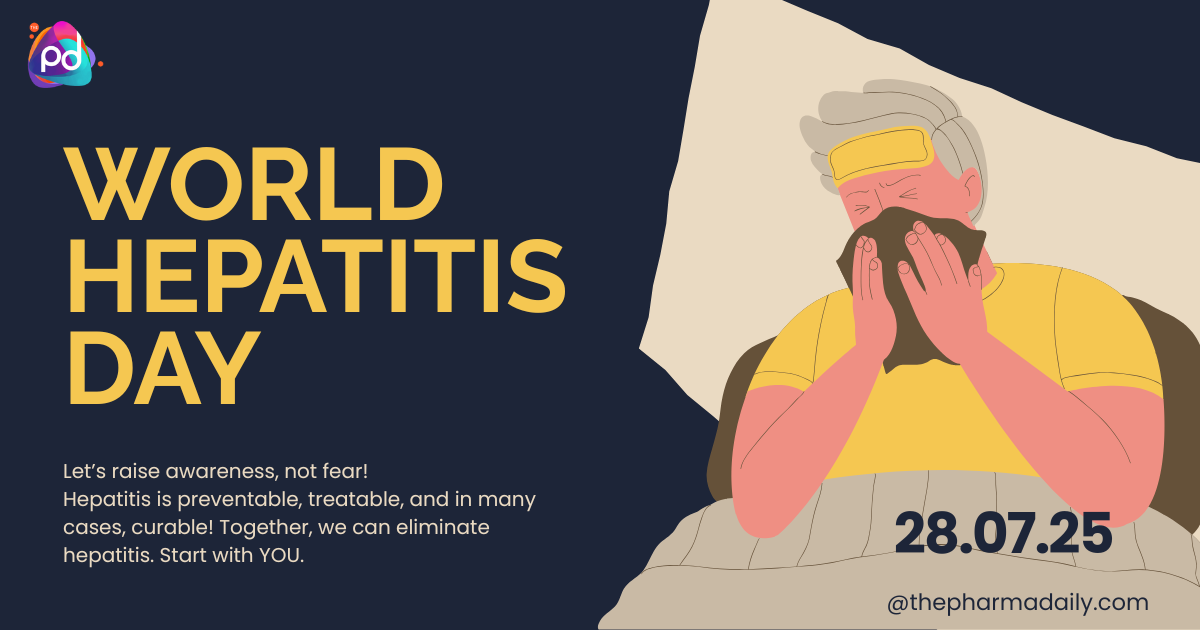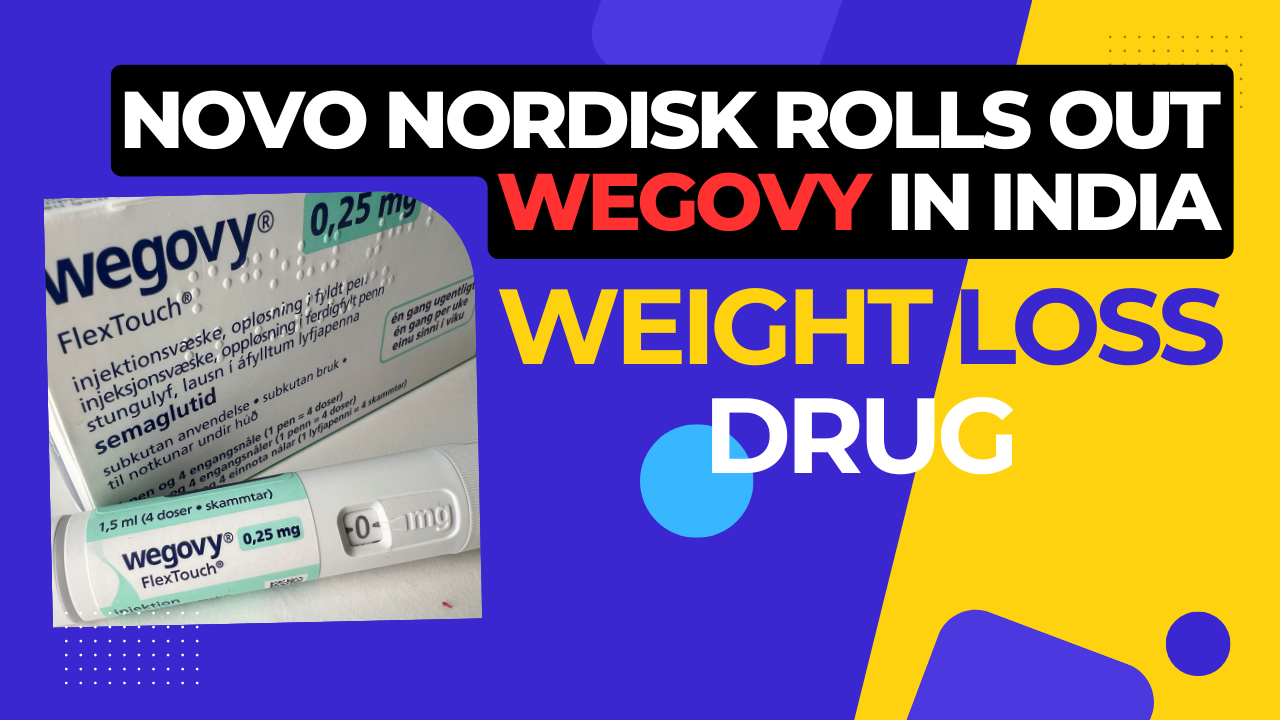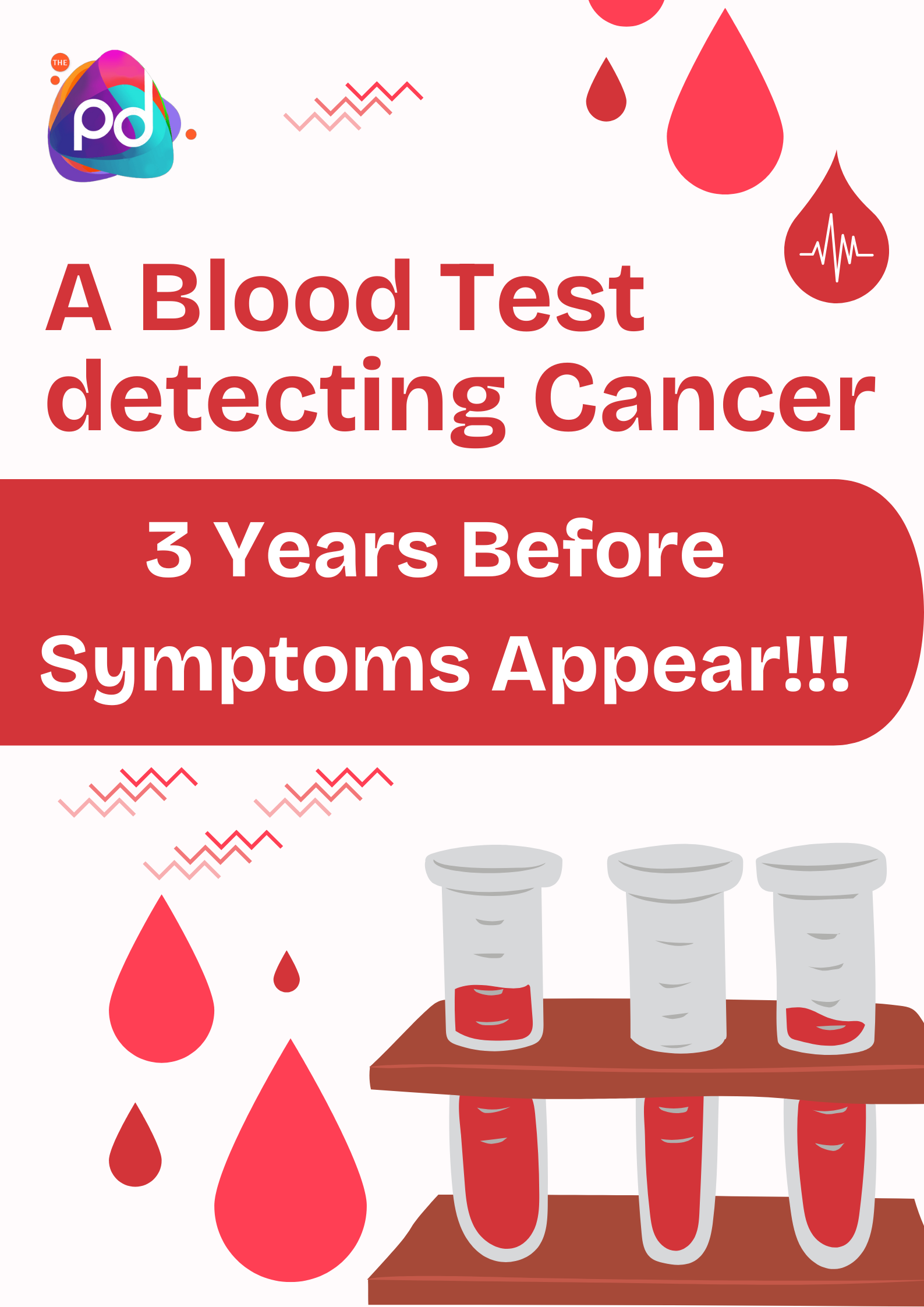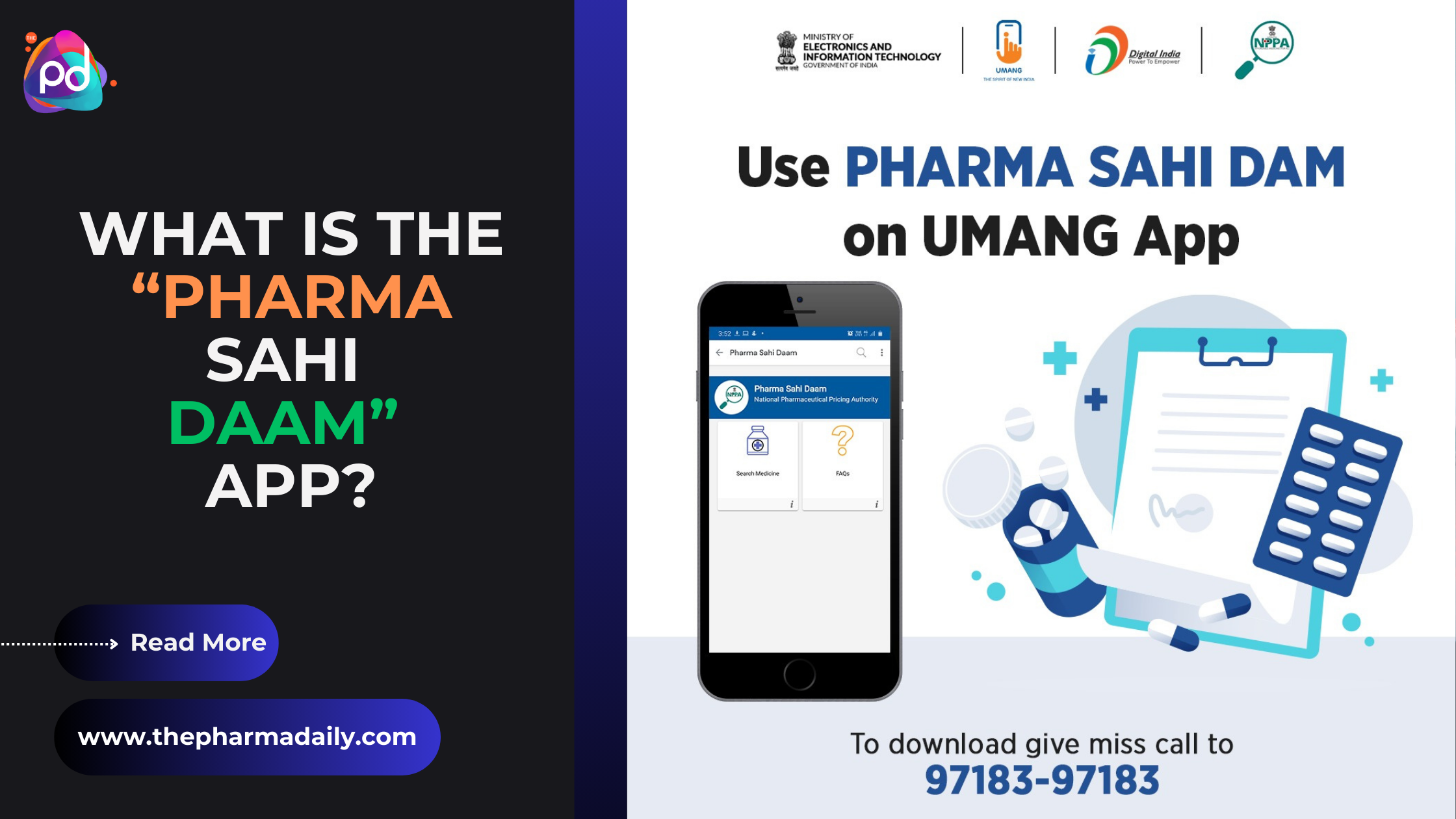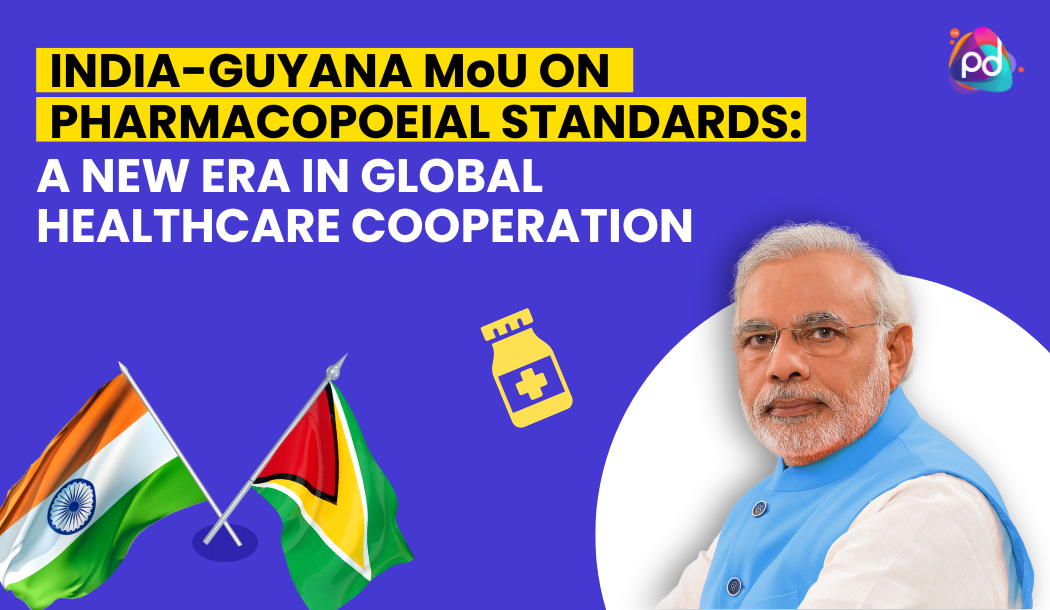World Hepatitis Day 2025 – Let’s Break It Down
Is the Pharmaceutical Industry Ready for AI in Drug Safety, or Are We Risking Patient Lives?
The pharmaceutical industry is undergoing a technological revolution, with Artificial Intelligence (AI) emerging as a game-changer in drug safety and pharmacovigilance. AI's ability to process massive datasets, identify adverse events, and predict drug interactions promises to enhance patient safety and improve regulatory compliance. However, as the industry embraces this innovation, one pressing question remains: Are we moving too fast and risking patient lives in the process?
This controversial topic has sparked heated debates within the industry. Let’s dive into some critical points of contention.
1. Over-reliance on Algorithms: Is Human Oversight Being Compromised?
AI can analyze large volumes of data far faster than any human, but the reliance on these algorithms comes with risks. Are pharmaceutical companies blindly trusting these systems?
Many organizations are now replacing human reviewers with AI to process adverse event reports, flag safety signals, and even manage clinical trial monitoring. While this boosts efficiency, it can also lead to catastrophic failures if algorithms misinterpret data or overlook critical nuances that a human would catch.
The challenge here lies in striking a balance: Can AI truly replace human expertise, or should it only augment it? Without sufficient human oversight, there’s a risk of errors going unnoticed until it’s too late.
2. Bias in AI Models: The Silent Danger
AI systems are only as good as the data they are trained on. When training data reflects historical biases, the algorithms can perpetuate and even exacerbate these biases. For example:
- Underrepresentation of certain populations in clinical trial data can lead to adverse events being missed in minority groups.
- Socioeconomic and geographical data biases could skew the AI’s ability to predict risks accurately across diverse patient demographics.
This creates a significant ethical issue: If the AI isn’t built to serve everyone equally, can we truly trust it to ensure patient safety? Companies need to actively address these biases to avoid life-threatening consequences for underrepresented groups.
3. Regulatory Loopholes: Are We Playing Catch-Up?
The regulatory landscape for AI in pharmacovigilance is still evolving. Current guidelines from agencies like the FDA and EMA focus on traditional methods, leaving significant gaps in how AI-driven tools are evaluated.
Questions arise, such as:
- Are regulators equipped to audit the decision-making processes of complex AI models?
- Can we ensure that these systems are validated rigorously enough to guarantee safety?
The lack of global standards raises concerns about how companies are deploying AI tools without robust oversight, potentially putting patients at risk.
4. Patient Trust: A Fragile Relationship
Pharmaceutical companies already struggle with public trust, and the adoption of AI could worsen this issue. Patients may perceive AI-driven systems as impersonal, error-prone, or profit-driven rather than patient-centric.
For instance:
- What happens if an AI tool fails to flag a critical safety signal that harms a patient?
- How do companies rebuild trust after such incidents?
Transparency is key, but many AI systems operate as "black boxes," where even developers can’t fully explain how decisions are made. This lack of clarity could erode public confidence in AI’s role in drug safety.
5. The Ethical Dilemma: Efficiency vs. Responsibility
The pharmaceutical industry is driven by tight deadlines, high costs, and competitive pressures, making AI an attractive solution. However, there’s a fine line between improving efficiency and compromising ethical responsibility.
When companies prioritize speed and cost savings, they risk overlooking the potential consequences of implementing AI without robust safeguards. The ethical question becomes: Is it worth risking patient lives to meet business goals? The answer should be clear, yet history has shown that ethical considerations often take a backseat to profits.
The Way Forward
To ensure that AI enhances rather than endangers drug safety, the pharmaceutical industry must take the following steps:
- Combine AI with Human Oversight: AI should assist, not replace, human experts in decision-making processes.
- Address Bias in Training Data: Organizations must invest in diverse and representative datasets to build fair and accurate AI models.
- Strengthen Regulatory Frameworks: Global regulators need to create comprehensive guidelines for AI validation and monitoring.
- Enhance Transparency: Companies should explain how their AI systems work and involve patients in the conversation about AI’s role in healthcare.
- Adopt an Ethical AI Framework: Ethics must be central to AI implementation, ensuring that patient safety and well-being remain the top priorities.
Conclusion
While AI holds immense potential to revolutionize drug safety, its rapid adoption raises serious concerns about patient safety, trust, and ethical responsibility. The pharmaceutical industry must tread carefully, balancing innovation with accountability. If these issues remain unaddressed, the consequences could be catastrophic, both for patients and the industry's reputation.
So, is the industry ready for AI in drug safety?
The answer lies in how quickly it can adapt to these challenges while keeping patients at the heart of every decision.
What’s your take? Share your thoughts in the comments below!



